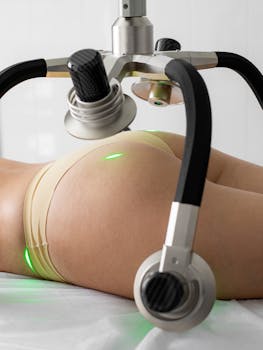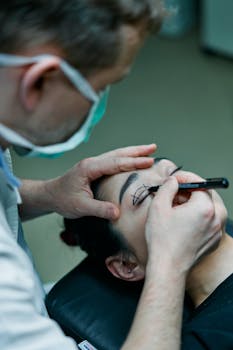Many people consider body contouring after pregnancy, weight loss, or when diet and exercise no longer reshape the midsection. The procedure known as abdominoplasty with lipo is a combined approach that addresses excess skin, stubborn fat, and weakened abdominal muscles in a single operation. This article explains what the combined surgery involves, who might benefit, and what to expect during recovery so you can make a more informed decision.
Abdominoplasty combined with lipo: an overview
Combining an abdominoplasty (tummy tuck) with liposuction lets surgeons remove loose skin and tighten the abdominal wall while also sculpting adjacent areas such as the flanks and lower back. This integrated approach provides more harmonious and natural-looking results than either procedure alone in many cases. Surgeons may use liposuction to refine contours around the incision site or to address pockets of fat that a tuck will not remove.
How the procedures differ and why they’re combined
An abdominoplasty focuses on removing redundant skin and suturing separated rectus muscles (diastasis recti), which often improves abdominal tone and the silhouette. Liposuction, by contrast, targets localized fat deposits with small cannulas and can be applied to multiple regions in the same session. When performed together, the goal is both functional improvement (muscle repair, less skin irritation) and cosmetic harmony (smoothed transitions and slimmer contours).
Who is a good candidate for lipo and abdominoplasty
Candidates typically are adults in good general health who have realistic expectations. Common reasons to consider the combined procedure include persistent abdominal laxity after pregnancy, significant weight loss that leaves excess skin, or fat deposits resistant to diet and exercise. Ideal candidates should be near their goal weight, non-smokers or willing to quit for the perioperative period, and without medical conditions that significantly raise surgical risk. A thorough consultation with a board-certified plastic surgeon will assess skin quality, amount of excess fat, muscle separation, and overall health.
What to expect during surgery and recovery
Surgery usually takes several hours under general anesthesia. The surgeon makes an incision (pattern depends on the type of abdominoplasty), repairs the abdominal muscles as needed, removes excess skin, and uses liposuction to contour surrounding areas. Recovery involves dressings, compression garments, and a period of limited activity. Most people can return to desk-type work within 1–2 weeks, but strenuous exercise and heavy lifting are typically restricted for 6–8 weeks. Swelling and numbness are common and gradually improve; scars fade over months.
For evidence-based background on the procedure, surgical techniques, and typical outcomes, reputable medical references can provide more detail — for example, the Wikipedia article on abdominoplasty summarizes indications, variations, and historical context: Abdominoplasty — Wikipedia.
Risks, complications, and how they are managed
As with any surgery, risks include infection, bleeding, seroma (fluid collection), poor wound healing, and changes in sensation. Combining liposuction and abdominoplasty can increase operative time and the need for careful postoperative monitoring. Surgeons minimize risk through proper patient selection, meticulous technique, and close follow-up. Discuss expected complications, revision rates, and scar placement during your consultation to understand how your surgeon plans to mitigate risks.
Planning for a successful outcome
Preparation and aftercare matter. Smoking cessation, optimized nutrition, and realistic timeline planning improve healing. Postoperative support—compression garments, gradual return to activity, and adherence to follow-up—helps protect results. Many patients also benefit from addressing skin quality and scar care over time; for general skin-health innovations and post-procedure care tips, consider reading about the latest advances in skincare technology such as how new tools and products can support recovery.
- Takeaways: Choose surgery for functional and aesthetic goals combined; not everyone needs both procedures.
- Takeaways: Proper candidacy, surgeon experience, and realistic expectations predict satisfaction.
- Takeaways: Recovery requires time and adherence to postoperative instructions to minimize complications.
Is lipo and abdominoplasty the same as a tummy tuck?
Not exactly. A tummy tuck refers specifically to abdominoplasty, which removes excess skin and often repairs muscle separation. Liposuction removes fat. Many patients undergo lipo and abdominoplasty together to achieve both skin tightening/muscle repair and contouring.
How long do results last?
Results can be long-lasting if you maintain a stable weight and healthy lifestyle. Significant weight fluctuations, pregnancy, or aging will change body shape over time. Good surgical technique and postoperative care help maximize durability of results.






